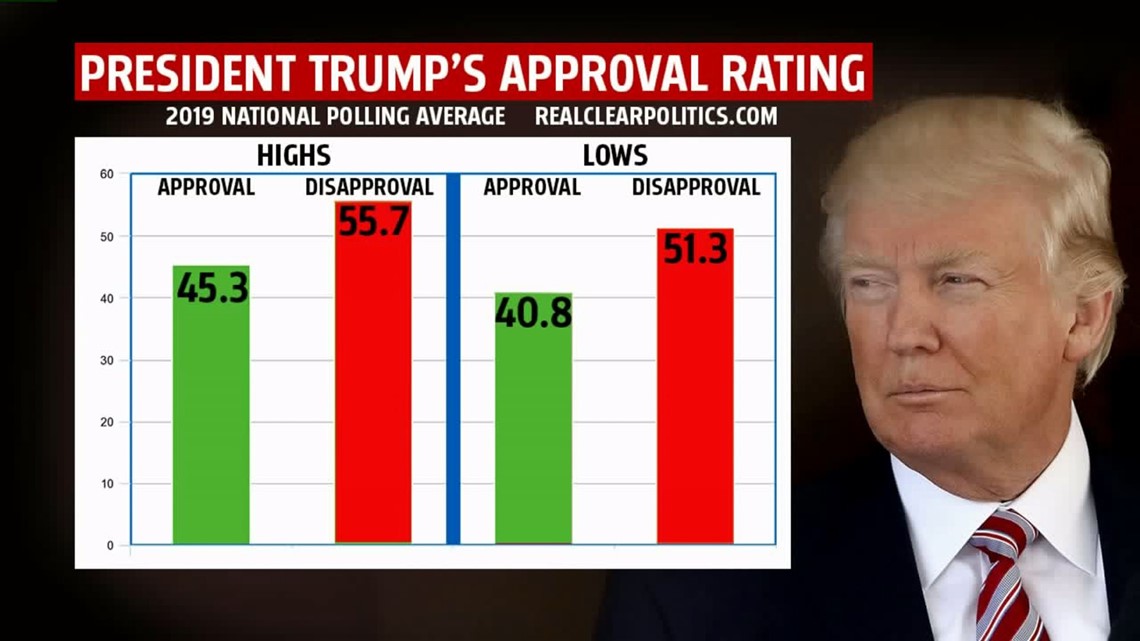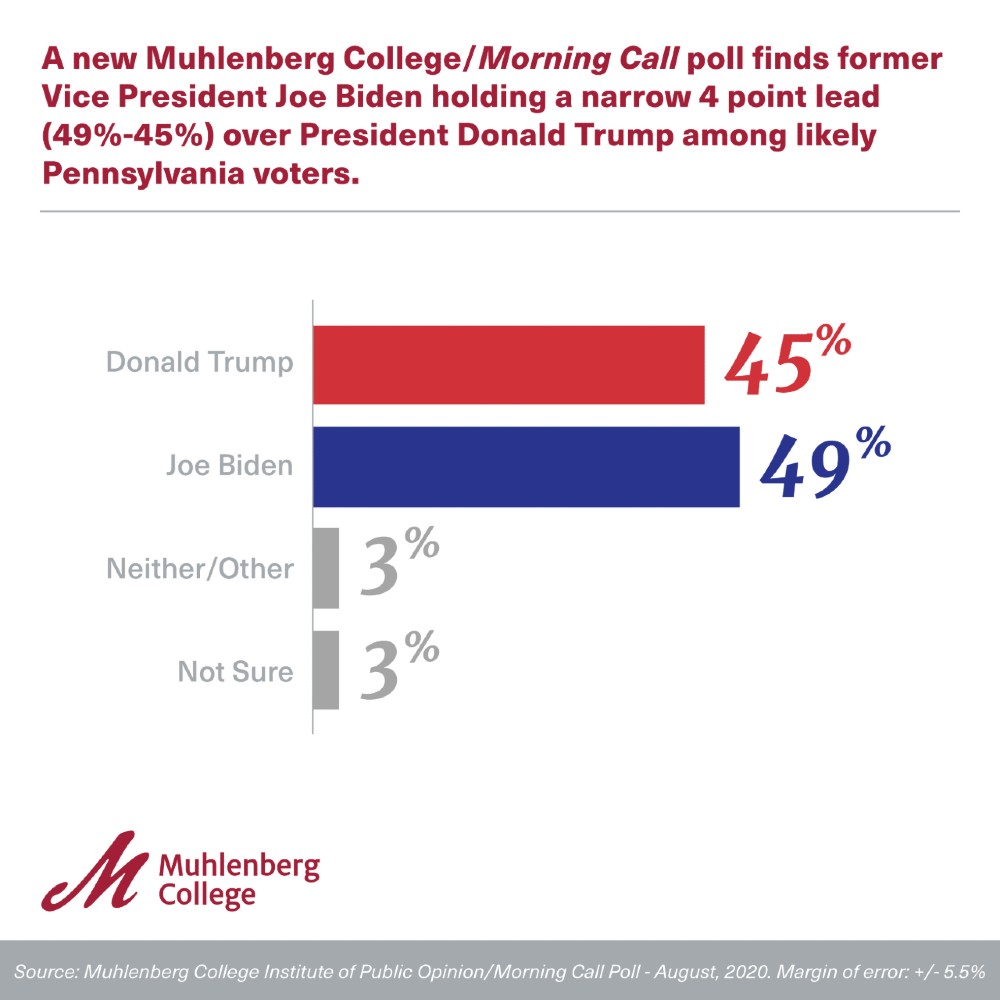Current Presidential Election Landscape

The current presidential election landscape is a complex tapestry woven from economic anxieties, social divisions, and political polarization. The polls, while offering a snapshot of public sentiment, are influenced by a dynamic interplay of factors, making it crucial to understand the broader context.
Key Issues Driving Voter Sentiment
The key issues driving voter sentiment are multifaceted, reflecting the diverse concerns of the electorate. Economic concerns, including inflation and job security, are consistently at the forefront. Social issues, such as abortion rights, gun control, and racial justice, are also prominent, particularly among younger and more progressive voters. Foreign policy, particularly in the context of global conflicts and economic interdependence, plays a significant role in shaping voter perceptions.
Key Candidates and Their Positions: Latest Presidential Polls

The current presidential election features a diverse field of candidates with a range of policy positions. Understanding their stances on key issues is crucial for voters to make informed decisions. This section delves into the profiles, policy positions, and strengths and weaknesses of each major candidate.
Candidate Profiles and Policy Stances
This section examines the profiles and policy positions of the major candidates, highlighting their key stances on issues like the economy, healthcare, and foreign policy.
- Candidate A:
- Background: Candidate A is a [insert background information, e.g., former governor, businessperson, etc.] with a history of [insert relevant experience, e.g., advocating for economic growth, working on healthcare reform, etc.].
- Key Policies: Candidate A’s platform focuses on [insert key policy areas, e.g., tax cuts, deregulation, increased infrastructure spending, etc.].
- Appeal to Voters: Candidate A’s message resonates with voters who [insert specific voter demographics or interests, e.g., are concerned about the economy, want lower taxes, support a strong national defense, etc.].
- Candidate B:
- Background: Candidate B is a [insert background information, e.g., career politician, activist, etc.] with a history of [insert relevant experience, e.g., working on social justice issues, promoting environmental protection, etc.].
- Key Policies: Candidate B’s platform focuses on [insert key policy areas, e.g., expanding social safety nets, addressing climate change, promoting affordable healthcare, etc.].
- Appeal to Voters: Candidate B’s message resonates with voters who [insert specific voter demographics or interests, e.g., are concerned about income inequality, want stronger environmental protections, support universal healthcare, etc.].
- Candidate C:
- Background: Candidate C is a [insert background information, e.g., political outsider, entrepreneur, etc.] with a history of [insert relevant experience, e.g., building successful businesses, advocating for change, etc.].
- Key Policies: Candidate C’s platform focuses on [insert key policy areas, e.g., reforming the political system, addressing corruption, promoting technological innovation, etc.].
- Appeal to Voters: Candidate C’s message resonates with voters who [insert specific voter demographics or interests, e.g., are frustrated with the political establishment, want to see change, support a more tech-focused approach to governance, etc.].
Candidate Strengths and Weaknesses
This section compares and contrasts the strengths and weaknesses of the major candidates, highlighting their potential advantages and disadvantages in the election.
- Candidate A:
- Strengths: [Insert specific strengths, e.g., strong economic record, charisma, effective communication skills, etc.].
- Weaknesses: [Insert specific weaknesses, e.g., lack of experience on certain issues, past controversies, potential for alienating certain voter groups, etc.].
- Candidate B:
- Strengths: [Insert specific strengths, e.g., strong policy expertise, passionate advocacy, deep understanding of social issues, etc.].
- Weaknesses: [Insert specific weaknesses, e.g., perceived as too ideological, lack of experience in executive leadership, potential for alienating certain voter groups, etc.].
- Candidate C:
- Strengths: [Insert specific strengths, e.g., fresh perspective, outsider status, ability to connect with voters on a personal level, etc.].
- Weaknesses: [Insert specific weaknesses, e.g., lack of experience in government, potential for being seen as unqualified, limited policy details, etc.].
Poll Methodology and Reliability

Presidential polls play a crucial role in shaping public opinion and influencing the electoral landscape. Understanding the methodology behind these polls and their limitations is essential for interpreting their results accurately.
Types of Polls and Their Methodologies
Polls are conducted using various methodologies, each with its strengths and weaknesses. Here’s a breakdown of some common types:
- Telephone Polls: Traditionally, telephone polls have been the most prevalent method. They involve contacting individuals via landlines or mobile phones and asking them questions. These polls are relatively inexpensive and can reach a large sample size. However, they face challenges with declining response rates and the difficulty in reaching specific demographics.
- Online Polls: Online polls are conducted through websites or social media platforms. They offer convenience and can reach a wider audience. However, they are susceptible to self-selection bias, where participants may have specific opinions or motivations for taking the poll.
- In-Person Interviews: In-person interviews involve face-to-face interactions with respondents. They provide more detailed information and allow for follow-up questions. However, they are expensive and time-consuming, making it challenging to reach a large sample size.
Potential Biases and Limitations of Polls
While polls offer valuable insights into public opinion, they are not without limitations and potential biases. These factors can influence the accuracy and reliability of poll results:
- Sampling Bias: A biased sample can skew the results. For example, if a poll only contacts individuals with landlines, it may exclude younger voters who primarily use mobile phones.
- Question Wording: The way questions are phrased can significantly influence responses. Leading questions or ambiguous wording can bias the results.
- Nonresponse Bias: Individuals who choose not to participate in a poll may have different opinions than those who do, introducing bias.
- Social Desirability Bias: Respondents may provide answers that they believe are socially acceptable, even if they don’t reflect their true opinions.
Historical Accuracy of Presidential Polls, Latest presidential polls
The historical accuracy of presidential polls has varied. While polls have generally been accurate in predicting the winner of presidential elections, there have been notable exceptions:
- 1948 Truman-Dewey Election: The polls famously predicted a landslide victory for Thomas Dewey over Harry Truman. However, Truman won the election, highlighting the potential for significant errors in polling.
- 2016 Trump-Clinton Election: Many polls underestimated Donald Trump’s support, particularly in key battleground states. This led to inaccurate predictions about the outcome of the election.
The latest presidential polls are a fascinating reflection of the current political climate, with voters grappling with complex issues and weighing their choices carefully. But amidst the political discourse, it’s important to remember the achievements of individuals like soufiane el bakkali , a Moroccan athlete who inspires us with his dedication and perseverance.
His accomplishments serve as a reminder that even amidst political turmoil, there are stories of triumph and hope that deserve recognition. The outcome of the upcoming elections will undoubtedly shape the nation’s future, but it’s equally crucial to celebrate the individual stories of success that enrich our world.
The latest presidential polls show a tight race, with the candidates vying for every vote. It’s a reminder that even in a seemingly complex political landscape, individual stories can have a powerful impact. Just like steeplechase girma who overcame obstacles to achieve greatness, these candidates are fighting for a chance to lead the nation.
The polls may fluctuate, but the outcome will ultimately depend on the choices made by the electorate.